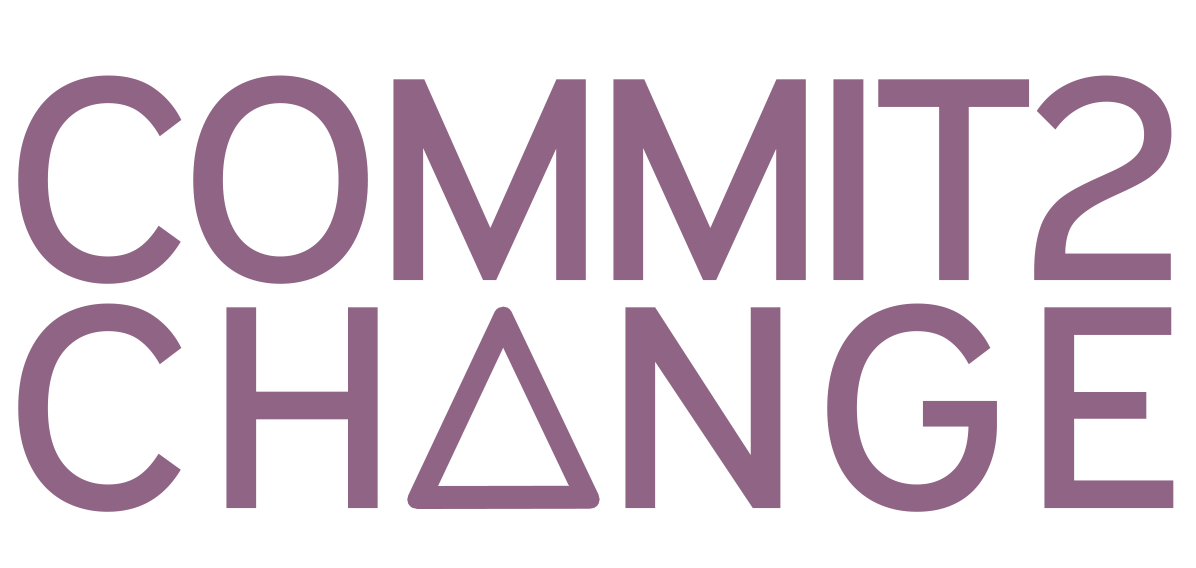It is now over five months since the spread of COVID-19 has resulted in nationwide lockdowns and slow re-openings.
Many companies and programs have had to problem-solve and adjust to this pandemic, discovering ways to maintain productivity while ensuring the health and safety of individuals. We recognize that a long hiatus from the classroom could risk our students falling behind, and our staff and administrators have been working tirelessly to create solutions that will hopefully carry us through these trying times. In the transition to remote learning, Commit2Change has augmented curriculum delivery with audio conferences and when necessary, sending content via WhatsApp.
Still, in order to address the needs of all the girls C2C serves, a unique challenge has arisen: How do you continue to educate the entire student body on necessary technological skills when a portion of the students lack access to the tools?
We frequently forget that we have a device with the power of a computer that fits into our pocket: the smartphone. In India, more than 500 million people have a smartphone, and many of the girls involved in C2C live in orphanages or households that possess one. Using WhatsApp, Zoom, and Google Meet, tutors can connect to the students along with passing along assignments and helpful apps the girls can download and play on their devices.
Still, there remains the challenge that a small group of girls do not have access to a smartphone. So how do we teach students about technology without having the tool at hand? The answer is to go back to basics. The key to learning technology isn’t just in operating the system, but in curating the programming mindset.
To this end, C2C has sent students worksheets via WhatsApp, which they reproduce and complete at home. One worksheet called Decoder consists of two circles: one with the alphabet lined around the border circumference and the other with a variety of images. The girls cut out the two circles and place the smaller on top of the larger, creating their own “code.” With their new code created, they can write words or sentences in what would appear to be gibberish to the untrained eye. They can also send their code via WhatsApp to other girls to decode. While it appears to be a simple game, this practice helps the girls understand that coding is another language, one that they must become comfortable with so they can use it with ease.
As the pandemic continues to affect our daily lives, we must find ways to persevere. The accomplishments we’ve seen with our girls, despite numerous obstacles, have given us hope that we will weather this storm. We look forward to the day the girls return to TechLab in person and we can proudly announce that class is back in session!



